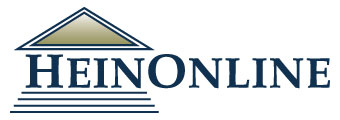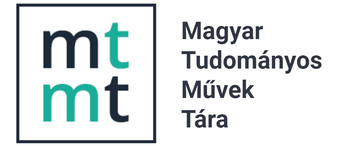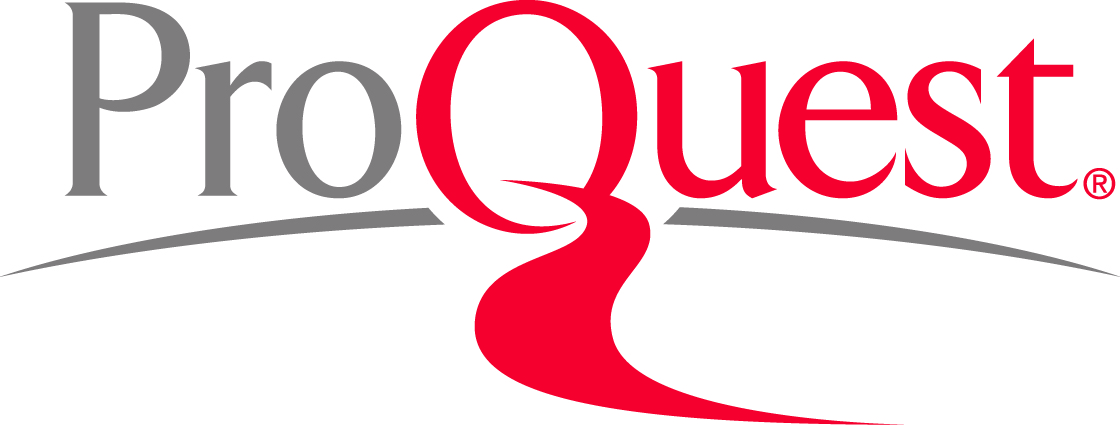Legal regulation facilitating the transition to a circular economy in the legal system of Slovakia
Abstract
This chapter explores Slovakia’s transition to a circular economy within the framework of its membership to and the influence of the European Union (EU). Despite the implementation of robust environmental policies, significant gaps remain, including the marked lack of a raw material strategy. This chapter scrutinises legal regulations, revealing a convergence of circular economic initiatives regarding waste management. After analysing specific strategic documents impacting Slovakia’s transition to a circular economy, this chapter examines crucial legal regulations, with a primary focus on waste management. A key finding underscores the interdependence of Slovakia’s circular economy transition and advancements in waste management. However, progress is hindered by several challenges, particularly in terms of the need for mandatory changes in waste management practices looming to meet both EU and national goals. There is also a clear legislative gap in other areas that need to be actively addressed before the country can transition to a circular economy. In this respect, this chapter highlights a positive development: a collaborative effort in formulating a circular economy roadmap, one identifying impactful reforms in economic instruments, the construction sector, and the food and bio-waste value chain. This chapter concludes by calling for a cohesive and strategic approach, advancing the need for Slovakia to adopt a long-term vision and strict implementation timetable to champion a circular economy embodying sustainability principles.
References
Boulding K E (1966) The economics of the coming Spaceship Earth, Environmental Quality in a Growing Economy, Essays from the Sixth RFF Forum. H. Jarrett, Baltimore, John Hopkins University Press, pp. 3–14.
Braungart M & McDonough W (2002) Cradle to cradle: remaking the way we make things (1st ed), North Point Press, New York.
Carson R (1962) Silent spring, Fawcett Crest, New York.
Circle Economy (2023) The circularity gap report 2023, https://www.circularity-gap.world/2023# [10.06.2024]
Corona B et al. (2019) Towards sustainable development through the circular economy – A review and critical assessment on current circularity metrics, Resources, Conservation and Recycling 151, https://doi.org/10.1016/j.resconrec.2019.104498
Ellen MacArthur Foundation (2013) Towards the Circular Economy. Opportunities for the consumer goods sector, http://tinyurl.com/496bw8fa [10.12.2023]
Ellen MacArthur Foundation (2015) Growth within: a circular economy vision for a competitive Europe, https://www.ellenmacarthurfoundation.org/growth-within-a-circular-economy-vision-for-a-competitive-europe [10.12.2023]
Ellen MacArthur Foundation (2021) Completing the Picture: How the Circular Economy Tackles Climate Change, https://www.ellenmacarthurfoundation.org/completing-the-picture [10.12.2023]
Ellen MacArthur Foundation (2023) What is a circular economy?, https://www.ellenmacarthurfoundation.org/topics/circular-economy-introduction/overview [10.12.2023].
European Court of Auditors (2023) Circular economy. Slow transition by member states despite EU Action, https://www.eca.europa.eu/en/publications?ref=SR-2023-17 [10.12.2023]
European Environmental Agency (2021) Overview of national waste prevention programmes in Europe: Slovakia, http://tinyurl.com/mknr5k7x [10.12.2023]
European Environmental Agency (2023) Economic instruments and separate collection systems – key strategies to increase recycling, https://www.eea.europa.eu/publications/economic-instruments-and-separate-collection [10.12.2023]
Fidélis T et al. (2021) Policy narratives of circular economy in the EU – Assessing the embeddedness of water and land in national action plans, Journal of Cleaner Production 288, https://doi.org/10.1016/j.jclepro.2020.125685
Fischer M (2023) The Future of Sustainable Business: The Circular Economy, in: Fischer, M. et al. (eds.) Sustainable Business, SpringerBriefs in Business, Springer, Cham, p. 130, https://doi.org/10.2139/ssrn.3037579
Government of the Slovak Republic (2023) Programové vyhlásenie vlády Slovenskej republiky 2023-2027 „Lepšie, pokojnejšie a bezpečnejšie žiť“, https://www.nrsr.sk/web/Dynamic/DocumentPreview.aspx?DocID=535376 [10.12.2023]
Inštitút environmentálnej politiky (2023) Ako von zo smetiska? Model odpadového hospodárstva SR, https://www.minzp.sk/files/iep/ako_von_zo_smetiska_iep.pdf [10.12.2023]
Kirchherr J et al. (2017) Conceptualizing the circular economy: An analysis of 114 definitions, Resources, Conservation and Recycling 127, pp. 221–232, https://doi.org/10.2139/ssrn.3037579
Kirchherr J et. al. (2023) Conceptualizing the Circular Economy (Revisited): An Analysis of 221 Definitions, Resources, Conservation and Recycling 194, https://doi.org/10.1016/j.resconrec.2023.107001
Ledwoń P (2023) The National Raw Materials Policy in Poland as an instrument of implementation of the constitutional principle of ensuring the security of citizens (Article 5 of the Constitution of the Republic of Poland), Journal of Agricultural and Environmental Law 18(35) pp. 100–114, https://doi.org/10.21029/JAEL.2023.35.100.
Lyle J T (1996) Regenerative design for sustainable development, John Wiley, New York.
Meadows D H et al. (1972) The Limits to Growth; a Report for the Club of Rome's Project on the Predicament of Mankind, Universe Books, New York.
OECD (2001) Extended producer responsibility. A guidance manual for governments, https://doi.org/10.1787/9789264189867-en
OECD (2022) Closing the Loop in the Slovak Republic. A Roadmap Towards Circularity for Competitiveness, Eco-Innovation and Sustainability, OECD Environment Policy Papers 30, OECD Publishing, Paris, https://doi.org/10.1787/acadd43a-en
Ministry of Environment of the Slovak Republic (2023) V zálohovaní nápojových obalov sme na dobrej ceste naplniť ciele stanovené pre rok 2023, http://tinyurl.com/yzn7yu3t [10.12.2023]
Ministry of Environment of the Slovak Republic (2023) Správa o stave životného prostredia Slovenskej republiky v roku 2022, https://www.enviroportal.sk/spravy/detail/11841 [10.12.2023]
Schroeder P et al. (2019) The Relevance of Circular Economy Practices to the Sustainable Development Goals, Journal of Industrial Ecology 23(1), pp. 77–95.
Scharff Ch (2023) The EU Circular Economy Package and the Circular Economy Coalition for Europe, http://tinyurl.com/3m833bxw [10.12.2023]
Stahel W R (2020) History of the Circular Economy. The Historic Development of Circularity and the Circular Economy, in: Eisenriegler S (ed.) The Circular Economy in the European Union. An Interim Review, Repair and Service Center R.U.S.Z., Austria, pp. 7–19.
Šimková Z et al. The rate of use of the Circular Economy in individual sectors, Acta Montanistica Slovaca 28(1), 13-26, https://doi.org/10.46544/AMS.v28i1.02
Stahel W R & Mulvey G R (1981) Jobs for tomorrow: the potential for substituting manpower for energy, Vantage Press, New York.
Valenčíková M & Marišová E (2023) Slovak Waste Management Aspects and European Union Strategies, in: Filho W L et al. (eds.) Implementing the UN Sustainable Development Goals – Regional Perspectives, Springer Nature Switzerland, https://doi.org/10.1007/978-3-030-91261-1_65-1
Zväz odpadového priemyslu (2023) Biela kniha odpadového hospodárstva v slovenskej republike údaje, čísla, fakty, http://tinyurl.com/yc3y5zu4 [10.12.2023]












